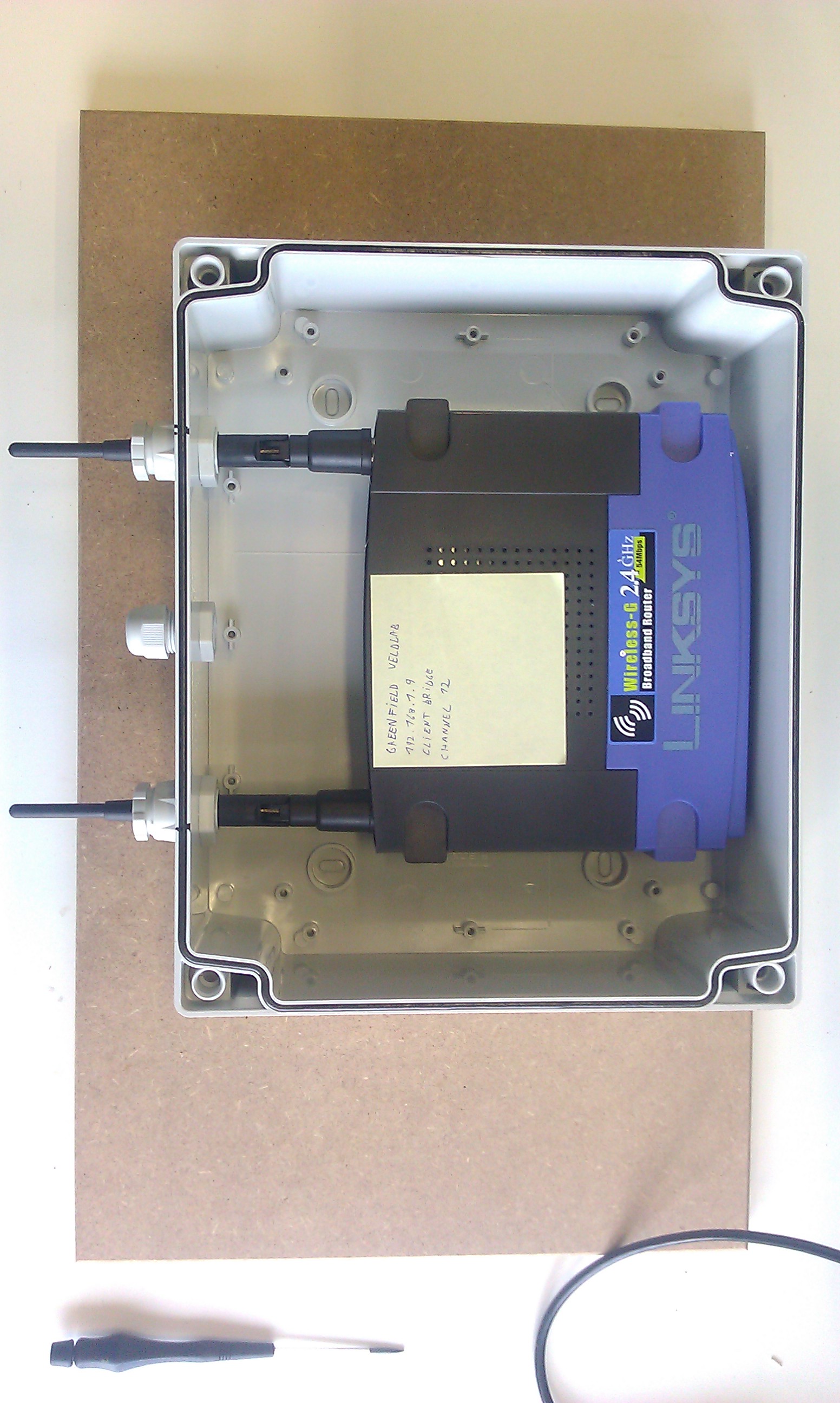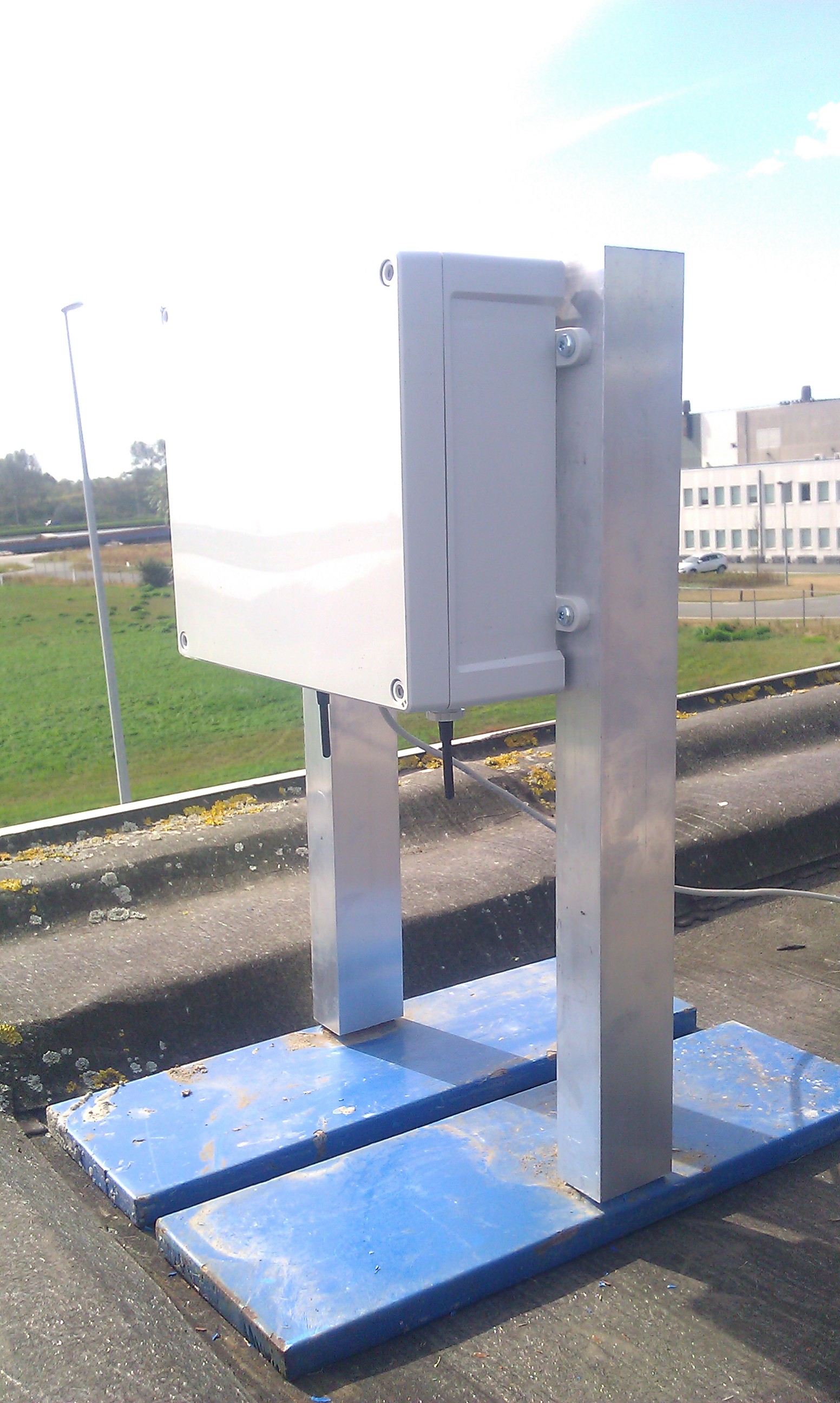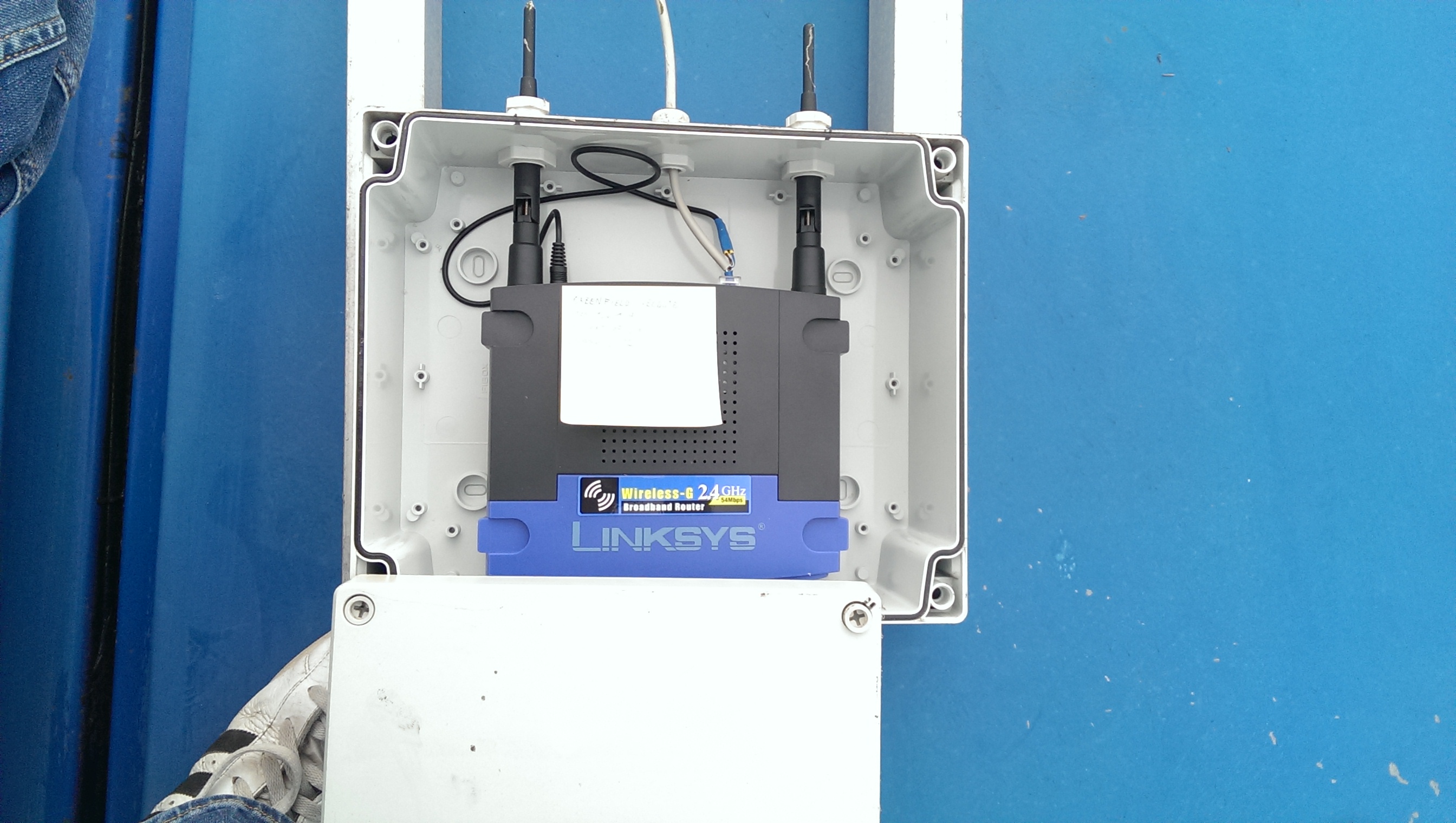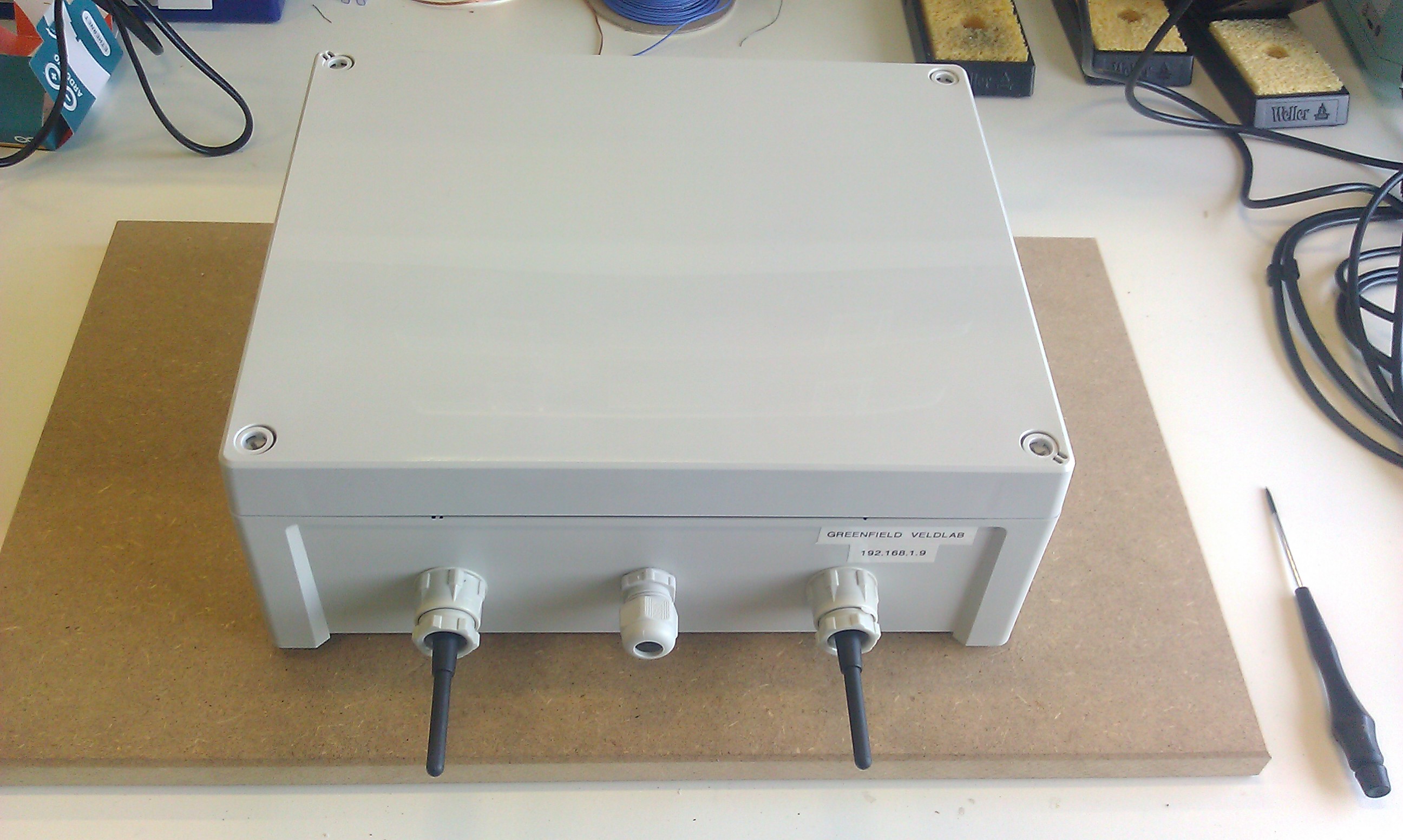You can build a Gateway with a Raspberry Pi and iC880A-SPI in a IP66 case.
The costs are around 250 Euros.
Borroz, you are, based on your posts, a very smart guy. So you probably know that such a list is, intentionally, impossible to produce let alone maintain. The likes of Multitech don’t really like to publish a price of any kind.
Unless, of course, you issue a Request for Pricing against a specification and commercially attractive volume order. That’s why I admire and support what TTN is doing and has done with TTG.
I’m asking for a finger in the air price from people in the community who have bought a gateway in the last three to six months. By sharing this we bring the price down.
If the data is there I would consider collating it.
Hi Cle, did you spec the case or just go off the shelf? What was the split on your €250 spend?
I forgot to say ‘Nice job, BTW’
I’m aiming to put TTN gateways in inexpensive waterproof boxes I had used for previous projects.
On another thread here someone linked to:
http://www.ispsupplies.com/products/enclosures-indoor-outdoor/outdoor-enclosures
and someone had posted in respect to the TTN gateway: “PCB outer dimensions are roughly 135 mm x 125 mm.”
Take a look at this topic: The hard RAK831 cafe part 1
Alternatively you could use an ic880 but whatever you do, in this price range you’ll need to take care of a casing with a suitable IP rating yourself. I’m reasonably sure that whatever you’ll find is off the shelf not IP rated in this price range.
This was my shopping list 
The iC880A-SPI concentrator is the most expensive part 155.- Euro at https://webshop.ideetron.nl/iC880A-SPI
Raspberry Pi 40.- Euro
Antenna + pigTail kit for use with LoRa 10.- Euro
Protoboard and Male/Female headers (connecting Raspberry and iC880A) ~5.- Euro
IP 66 case Schneider Electric Thalassa 40.- Euro
2A power supply from my mobile mobile phone
You might look at the Laird Tech Sentrius RG1xx. I purchased one through Digikey (USD $250). I just set it up and its working fine. The case is not IP65 rated … for that you would need to put it into another case.
If you want a professional outdoor gateway that ‘just works’, you’re best of with the MatchX gateway that costs around €300. If indoor is fine too you can buy the Sentrius RG1xxx for around €240 (if stocks available) and put it in a suitable enclosure for €15.
You can shave of some euros if you build a gateway yourself. Benefits of the products mentioned above is that they are finished products, work out of the box and are fully certified, which can’t be said about DIY gateways.
I just took a look and it is an option. I’m of two minds now, buy a gateway and put it in an IP box; or build the gateway in a box. It is not just a case of cost but environmental considerations. I’m concerned that box in a box may exacerbate condensation, associated damage and gateway lifetime. Am I unduly worried?
There is a really good story on building a Lora Gateway by @marcelstoer where he described his condensation issues and how he solved them. It’s also a really good build story. I am edging towards that approach pending answers from @johan @laurens on committed shipping dates and Ingress Protection answer.
This has been a really good thread from my perspective and I thank you for all your contributions.
I work for Gumstix and we’ve released 2 gateway development platforms built arround the RisingHF RHF0M301. One of them uses our own Overo Computer on Module and has 10/100 Ethernet. The other uses the Raspberry Pi Compute Module or CM3 with Ethernet over USB and includes a connector for a NimbeLink Skywire LTE modem.
Both of these boards also have kits available in our store that include DC adapter, rubber duck antenna USB A-microB cable and the RHF module. The Overo Conduit kit also includes an Overo AirSTORM-Y COM. For the RPCM kits, you’ll have to get a compute module from an R Pi distributor. Go to https://store.gumstix.com/catalogsearch/result/?q=Lora and see what we’ve got.
P.S. There’s another interesting option for the RPCM coming soon, if power over Ethernet is of interest. Stay tuned.
P.P.S. I used Protocase to design an enclosure for my Overo Conduit board. They do good work.
Keith
Hi Cle, I’m interested in making a gateway like yours using a raspberry pi. I was looking for the IP 66 case from Schneider Electric and couldn’t find it, do you have a link to the case or the specific name? Any tips when making the gateway? Thanks.
@SmartEaling thanks for the nudge and the praise. For the sake of completeness here’s the link to my lab story: https://www.thethingsnetwork.org/labs/story/build-a-lorawan-gateway-for-the-things-network-my2cents Users left comments where we’re discussing options.
I’d definitely build a DIY gateway again because it’s fun and instructive. I learned a lot in different areas.
As for ready-made options I found the Lorix One very appealing: https://www.thethingsnetwork.org/labs/story/install-awesome-lorix-one-gateway
That looks very compact, no cabling inside. What type of adapter board did you use to connect the IMST880 PCB to the raspberry? Where to buy?
@PacificShore @Verkehrsrot there are different adapter boards on the market like the one @marcelstoer uses.
But you can easily build our own with a protoboard and some GPIO Header for the Raspberry Pi.
connect the right pins en your iC880A will fit nicely on the raspi.
I did follow this tutorial and I tested the wiring first with jumper wires on a breadbord.
@PacificShore the link for the enclosure https://www.installatievakwinkel.nl/schneider-electric-thalassa-kast-leeg-abs-bxdxh-225x120x275mm-grijs-ral7035-nsytbs292412h
To give you an idea: one of the first outdoors WSN I set up was based on WRT54GL soho routers. I bought inexpensive IP54 enclosures from Fibox to put the routers in, and drilled holes and used cable glands for the antennas and power/data cable.

The boxes were placed on roofs and in a field where they were subject to wind, rain, cold and heat.

This is how the inside of the box looked after 6 year.

Eight years later they still function just like on the first day ![]() . So I wouldn’t worry too much, just buy a good (white!) enclosure and in most climates you’ll be just fine.
. So I wouldn’t worry too much, just buy a good (white!) enclosure and in most climates you’ll be just fine.
Am I right in assuming that you attached the RJ45 plug to the ethernet cable yourself? The cable gland on the right side looks like a standard one i.e. you fed the ethernet cable through the glad and attached the plug.
Since I lack both the tools and the skills for such a procedure I opted for a waterproof IP65 RJ45 connector for my gateway. The nice side effect of course is that I can simply unplug the one single cable going to the gateway (since I use PoE) at the gateway to move it elsewhere. Depending on how/where the gateway is installed outdoors this may become quite an important maintenance feature. My ethernet cable is 30m long and “uninstalling” it would be quite a task.
Could it be that your enclosure isn’t absolutely tight where you feed the antennas through the glands? That would possibly explain why this setup doesn’t suffer from condensation even though you didn’t install a pressure vent AFAICS.
Indeed, that is also why I mounted the glands on the underside of the enclosure only. I tighten them enough so that spiders can’t get in, but moisture levels can settle. Water can’t get in because of the location of the glands. Poor mans solution, but works perfect  .
.
Yep, that installation looks rock solid. A friend recently lost a RaPi when his enclosure became loose during a heavy storm. The wind managed to turn it at least 90° at which point water was running along the cable into the enclosure. He had used a 2-pole ribbon cable (flat) in a round cable gland…
